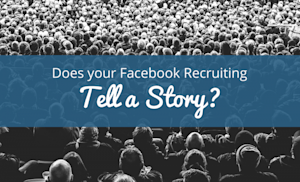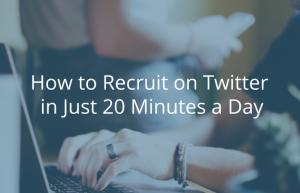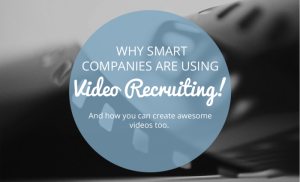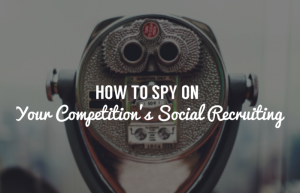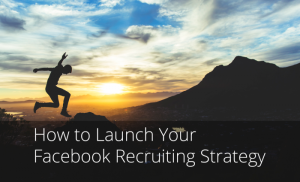August 24
Engagement is a term that gets thrown around a lot. Especially in the world of social media marketing.Engagement refers to the ways in which people respond to your social media presence and content.Do they like your Facebook posts? Do they retweet your tweets? Do they share, comment, follow, unfollow, click, or otherwise interact with your social media efforts?!If the answer to these questions is no, then try these simple content ideas to boost your social media engagement and get better results for your online brand.Here are 7 ways to create social media content that starts a conversation.#1 Get PersonalPeople want to connect with other people. They do not want to interact with bots that are pushing out stiff, f…Read More

